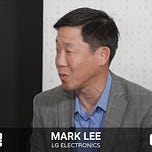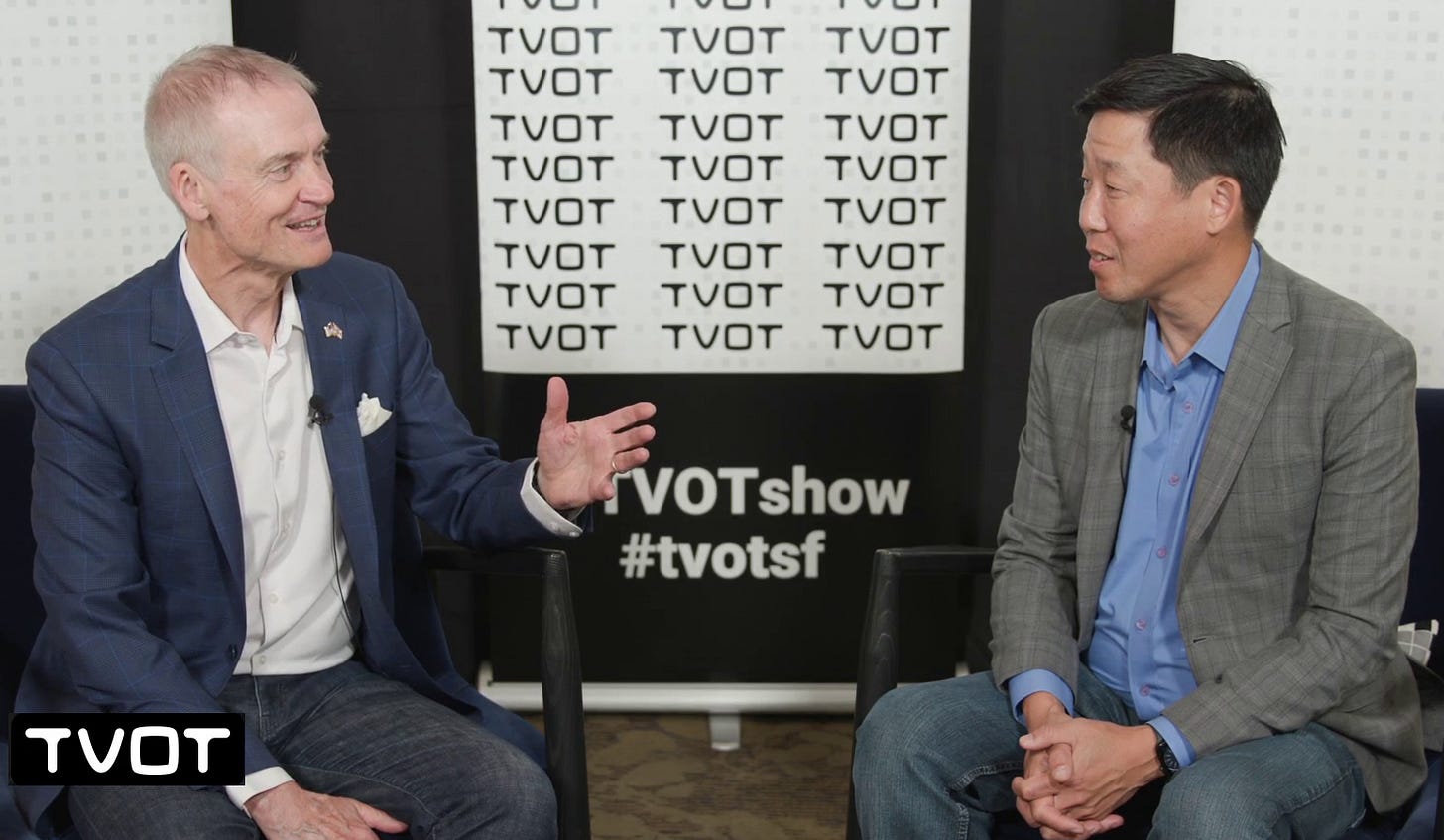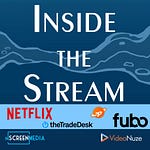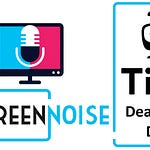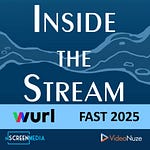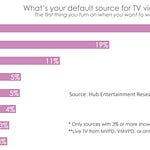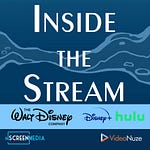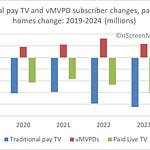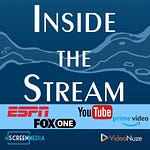Users demand close synchronization between connected devices, and the TV OS is drawing the smart TV into the fold. However, LG’s Mark Lee explains how his TV OS is doing so much more.
The environment for the TV OS (0:30)
Our connected world is changing the way people think about entertainment and just about every aspect of their lives. Take the home, for example. Parks Associates reports that the average Internet-connected home now has 17 devices, and nearly half of US homes have a smart device. What sort of devices are we talking about? According to Horwitz Research, in 2025, of the homes with a smart device:
7-in-10 have a smart TV
Two-thirds have a home security camera
Half have a smart doorbell
35% have smart lights.
Increasingly, we expect smooth transitions from one device to another and one environment to another, particularly when it involves media. For example, one area where consumers expect a seamless experience is in the car. According to TiVo, 44% of US and Canadian adults watch video in their car, with most of those watching at least a few times a month. The smartphone is the most popular device to use to watch, and, of course, there’s no problem keeping the smartphone and TV experiences tightly coupled. But people are beginning to eye the big display on the dash and wonder why they can’t use it, rather than the dinky phone display. In fact, a third of car owners are interested in being able to play video on that dash display.
That brings me to today’s interview with Mark Lee, Senior Director of North American Content for LG. I caught up with Mark at the TV of Tomorrow Show in June in San Francisco to discuss how LG is focused on making WebOS, its TV OS, an operating system for the connected home. This is, in a way, a back-to-the-future moment for LG and WebOS. LG acquired WebOS from HP in 2014 with the intention of using it to power its TVs. However, WebOS was created by Palm, the company behind the Palm Pilot, as a successor to Palm OS.
In the interview, Mark discusses the evolving role of WebOS in the entertainment ecosystem, and touches on cloud gaming, smart TV support, and how the OS is powering cars and hospitality solutions.
But before we get to the interview, I want to tell you about an upcoming TVOT Connect Live on Thursday, September 25th, at 11 AM Pacific. We will be discussing convergence in the streaming TV market in a session titled The Great Streaming Blur: What Do We Call SVODs and vMVPDs Now? Joining Tracy Swedlow and me for the discussion will be Jon Giegengack, Principal, HUB Entertainment Research, Jason Cohen, CEO, MyBundle.tv, and Matthew Keys, Publisher, TheDesk.net. However, the real star of the show is you, because it is your chance to be seen, be heard, learn, and connect with peers in the industry. So, join us for this live-only session. You can get more information at tvot/itvt/connect. We’ll see you there on September 25th.
Now on with the interview.
Introduction (5:00)
What is webOS Hub (6:10)
Mark explains how LG is a key component supplier to many CE manufacturers and that licensing webOS to them was a natural outgrowth of the company’s position in the industry.
Long TV support (7:00)
One of the problems with smart TVs is that OEMs stop supporting them with TV OS updates quite quickly. LG’s webOS Renew program provides much longer support.
Cloud gaming (8:40)
LG launched a gaming portal in July of 2025. Mark discusses the service and how it was the first to receive certification from GForce for latency.
WebOS’s role in the connected home (10:30)
WebOS is leaning on its heritage to become a key part of the smart home, smart life continuum. Mark explains how the company aims for it to become a media and entertainment platform that works across multiple devices. It is already being used in hotels and cars.
AI’s role at the show (13:30)
One of the hot topics at the show was AI. Mark explains some of his key takeaways on the topic from the show.


